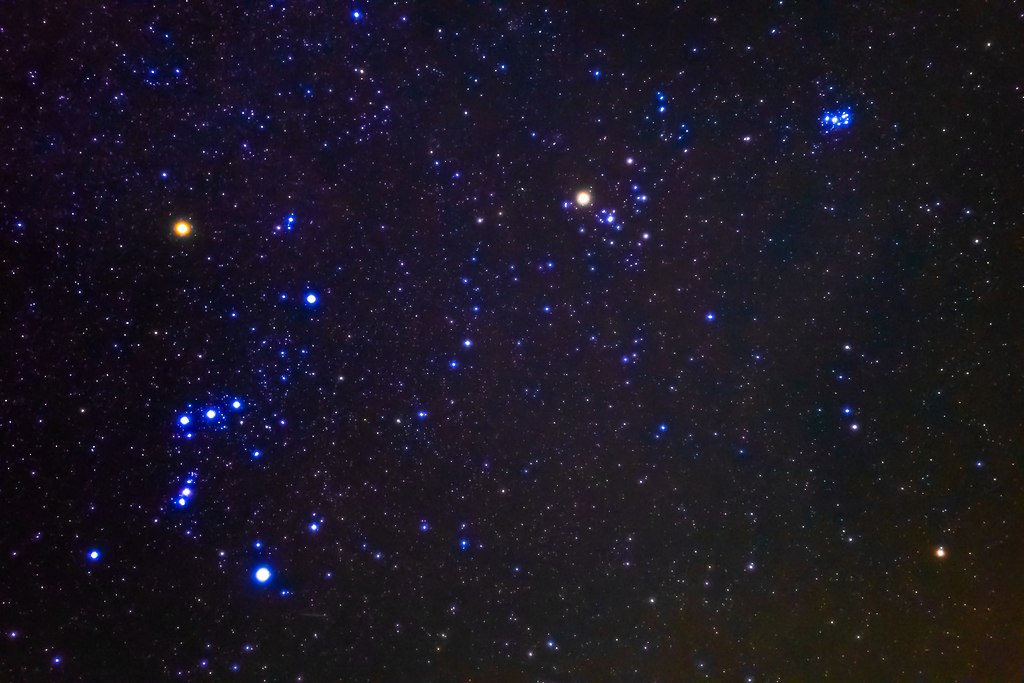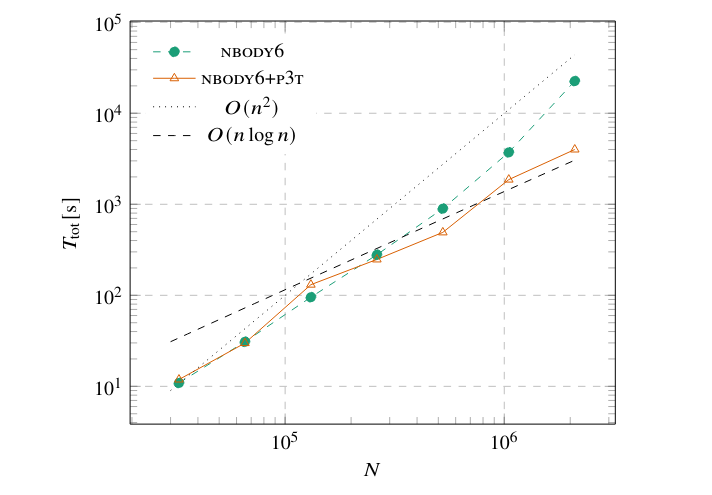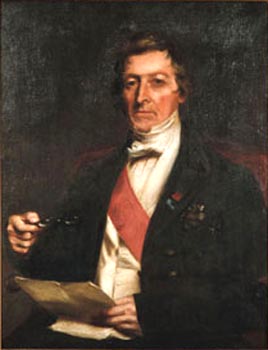2 Billion Years in Five Days
Where astrophysics meets supercomputers.

May 2022
Anthony Arnold
University of Queensland
School of Maths and Physics
Fun Fact

Nyeeruna chases the Yugarilya sisters across the sky and is challenged by Kambugudha.
Hamacher, D. W., 2017, Observations of red-giant variable stars by Aboriginal Australians, The Australian Journal of Anthropology.

What is Gravity?
What goes up must come down.
Gravity is a Force

Gravity is a Weak
Newton's Law
Universal Gravitation
$$F = G\frac{m_1 m_2}{r^2}$$- \(F\) is the force - it has direction and magnitude.
- \(G\) is the gravitational constant - it's a number.
- \(m_1\) and \(m_2\) are the masses of two bodies.
- \(r\) is the distance between them.
Two-body Motion
It's easy to do with maths.
Three-body motion?
No analytical solution.
Numerical Methods
Getting an approximation.
Strategy:
- Get everyone's acceleration.
- Update everyone's velocity a little bit.
- Move everyone a little bit.
- Repeat until done.
The first N-Body simulations (Holmberg 1941) used light bulbs on a table.

Now we use computers.

OzSTAR courtesy of Swinburne University.
As N gets bigger
[click me]
How long would this all take for a realistic cluster of stars?
- \(10^6\) stars \(= 10^{12}\) calculations per step.
- \(10^{15}\) steps \(= 10^{27}\) calculations in total.
- \(3 \times 10^9\) calculations/s = 10 Gyrs.

I don't have that much time!
One solution is to use better hardware. It's still not fast enough.


Better Algorithms
The red stars are so far away, we can approximate.Better Algorithms
The red star is isolated and can be updated less frequently.My Code

Globular Clusters
- Dense clusters containing hundreds of thousands (or more) of stars.
- Gravity is the dominant force.
- Home to exotic objects, like binary black holes.

The final simulated state (present day) is not the same as observations. What are we missing?

There is still more work to do.

There is still more work to do.
Fun Fact

Sir Thomas Brisbane, Governor of New South Wales 1821 - 1825, was an astronomer.
